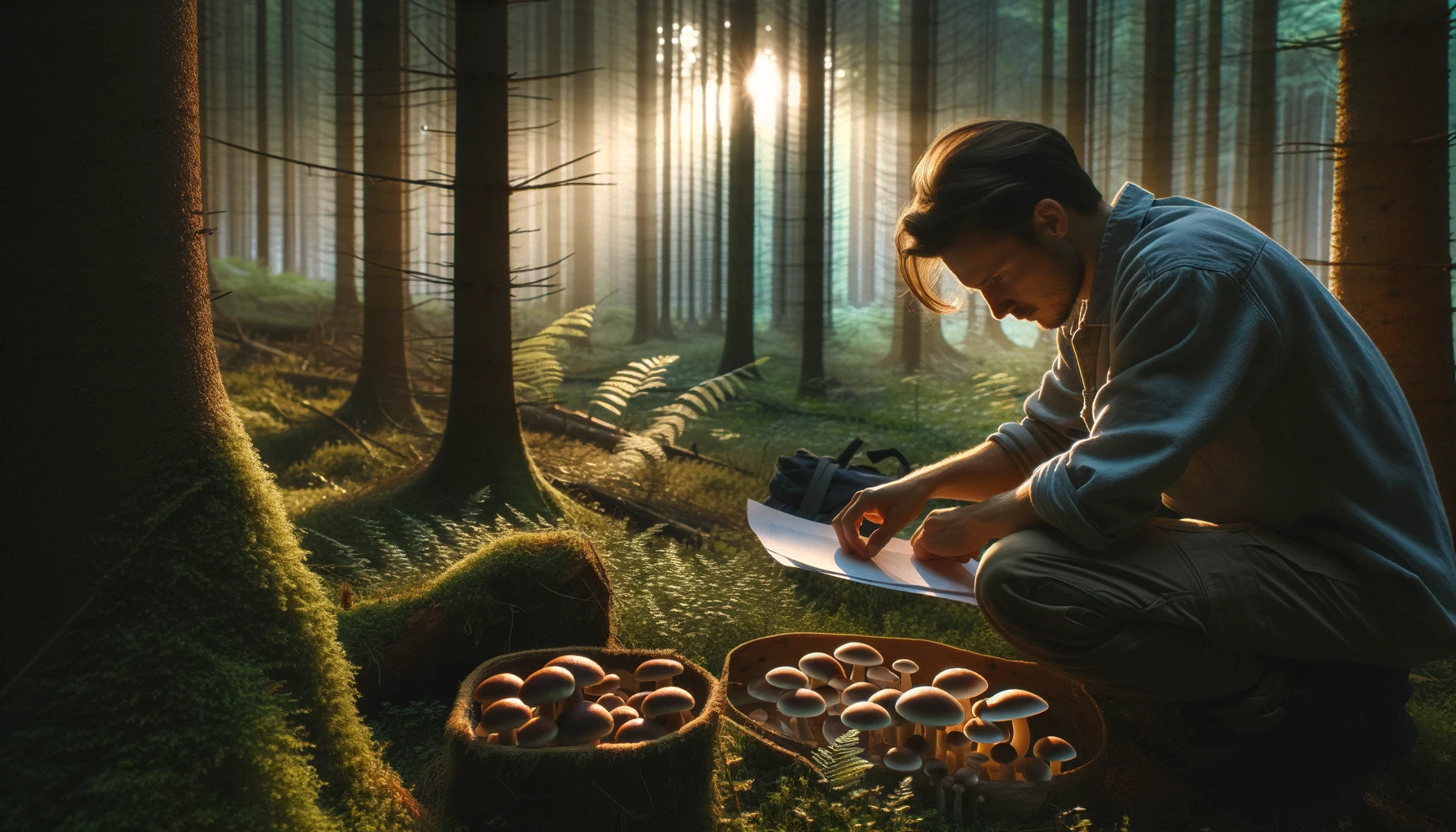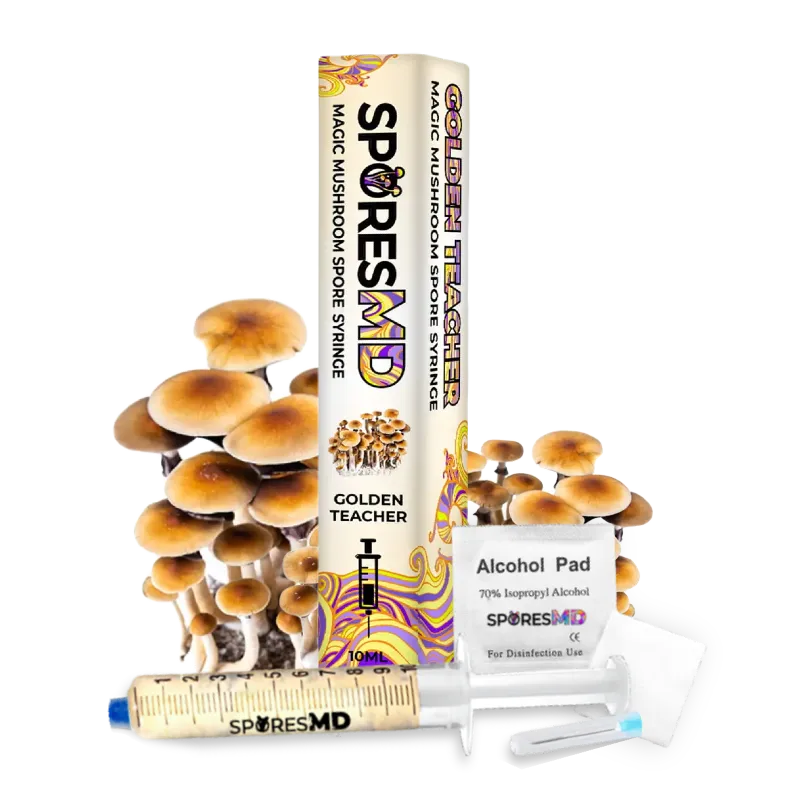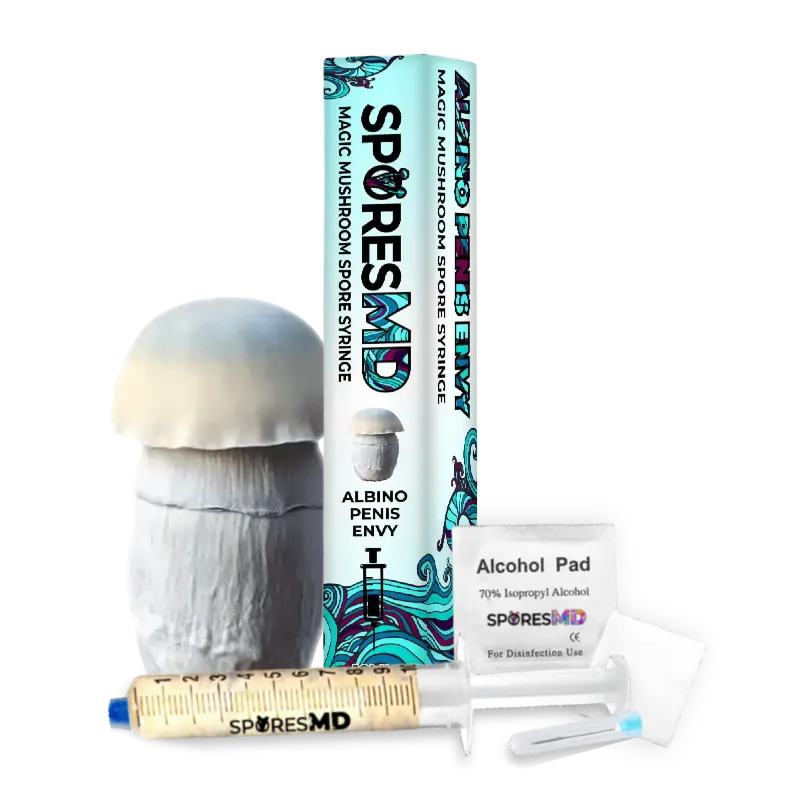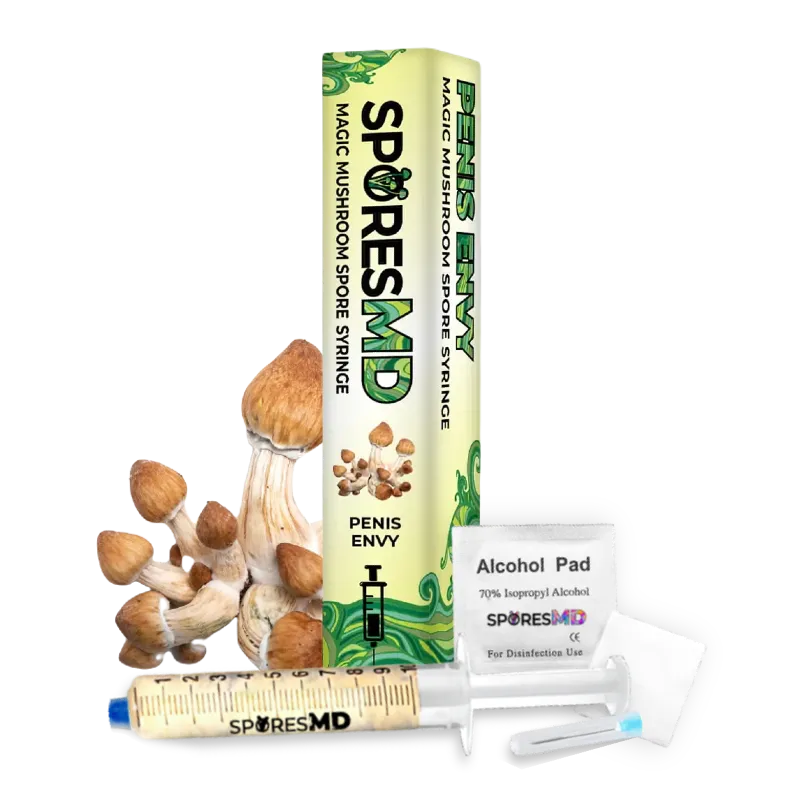To collect mushroom spores, enthusiasts engage in two main methods: spore print and spore swab. Each method offers unique benefits for purposes such as identification, cultivation, or even for use in artistic projects. By understanding and applying these methods, individuals can collect spores effectively, even from the convenience of their own homes.
Understanding Mushroom Spores
Before diving into the collection methods, it’s crucial to grasp the basics of mushroom spores.
What are Mushroom Spores?
- Definition: Spores are microscopic reproductive units released by mushrooms, allowing for the spread and growth of new fungi.
- Features: Different species have distinct spore colors and shapes, which can be used in identification.
- Importance: For cultivators and researchers, spores are vital for propagating mushroom species in controlled environments.
Key Characteristics:
| Characteristic | Description |
|---|---|
| Size | Microscopic, often requiring magnification to see |
| Color | Varies by species; includes black, brown, white, and pink |
| Viability | Can remain viable for years under proper storage conditions |
Note: Spores should be handled carefully, as some species can be toxic or allergenic.
For further insights on mushroom spores, one might consider visiting specialized resources or forums for mycology enthusiasts, such as SporesMD.
Spore Print Method
How to Create a Spore Print
- Selecting the Mushroom Cap:
- Pick a mature, healthy mushroom cap. Remove the stem close to the gills to expose the gill side, which houses the spores.
- Preparing for Spore Print:
- Place the cap gill-side down on a clean piece of paper, foil, or a glass slide. Add a drop of water to maintain humidity.
- Cover with a cup or bowl to prevent spore dispersion and maintain a moist environment for optimal spore release.
- Harvesting Spores:
- After waiting 2-24 hours, gently remove the cover and cap to reveal the spore print left behind on the surface.
- Preserving Spore Print:
- To ensure long-term preservation, lightly spray the spore print with an artist’s spray or hairspray.
This method is ideal for those interested in the artistic or identification aspects of mycology. For details on turning dried mushrooms into sources for spores, visit how to get mushroom spores from dried mushrooms.
Spore Swab Method
Collecting and Using Spores with a Swab
- Collecting Spores:
- Sterilize a cotton swab. Gently rotate it between the mushroom gills to collect spores .
- Streaking Spores:
- Streak the spore-laden swab in an ‘S’ pattern across an agar plate. This step is crucial for further cultivation .
Advantages:
- Precision: Allows for targeted collection of spores from specific parts of the mushroom.
- Purity: Using sterile techniques minimizes contamination, crucial for cultivation.
For those interested in cultivation, exploring the variety of spore syringes available can provide a robust starting point. Details on extracting spores directly from a mushroom can be found at how to get mushroom spores from a mushroom.
Application of Mushroom Spores
Cultivation and Beyond
Once collected, mushroom spores can be used for:
- Cultivation: Starting your mushroom growing project by inoculating substrates with spores.
- Identification: Assisting in identifying mushroom species based on spore prints.
- Art: Creating spore print art as a unique and beautiful representation of different mushroom species.
For spread techniques visit how to spread mushroom spores.
Cultivation Steps:
- Choose the appropriate substrate.
- Inoculate the substrate with spores.
- Maintain optimal conditions for mushroom growth.
Comprehensive guides and materials on mushroom cultivation can significantly enhance success rates for beginners and experts alike.
Maintaining Spore Viability
Storing and Handling Spores
Proper storage and handling are critical to maintain the viability of collected spores:
- Storage Conditions:
- Temperature: Store in a cool, dark place.
- Humidity: Keep in airtight containers to prevent moisture damage.
- Handling:
- Use sterile tools and techniques to avoid contamination.
Remember, different species may require specific handling and storage conditions to ensure viability.
Typical Storage Solutions:
| Solution | Usage |
|---|---|
| Refrigeration | Short to medium-term storage |
| Freezing | Long-term storage, with some considerations |
| Desiccation | For drying and storing spore prints |
The journey from spore collection to cultivation, or even artistic creation, is a fascinating aspect of mycology that invites both novice and expert involvement.
References:
- https://www.youtube.com/watch?v=URHWiiZDwmU
- https://www.wikihow.com/Extract-Mushroom-Spores
- https://namyco.org/interests/education/how-to-make-a-spore-print/
- https://www.gardeningknowhow.com/edible/vegetables/mushrooms/harvest-mushroom-spores.htm
- https://www.seattlemet.com/discover/magic-mushrooms/how-collect-mushroom-spores/





